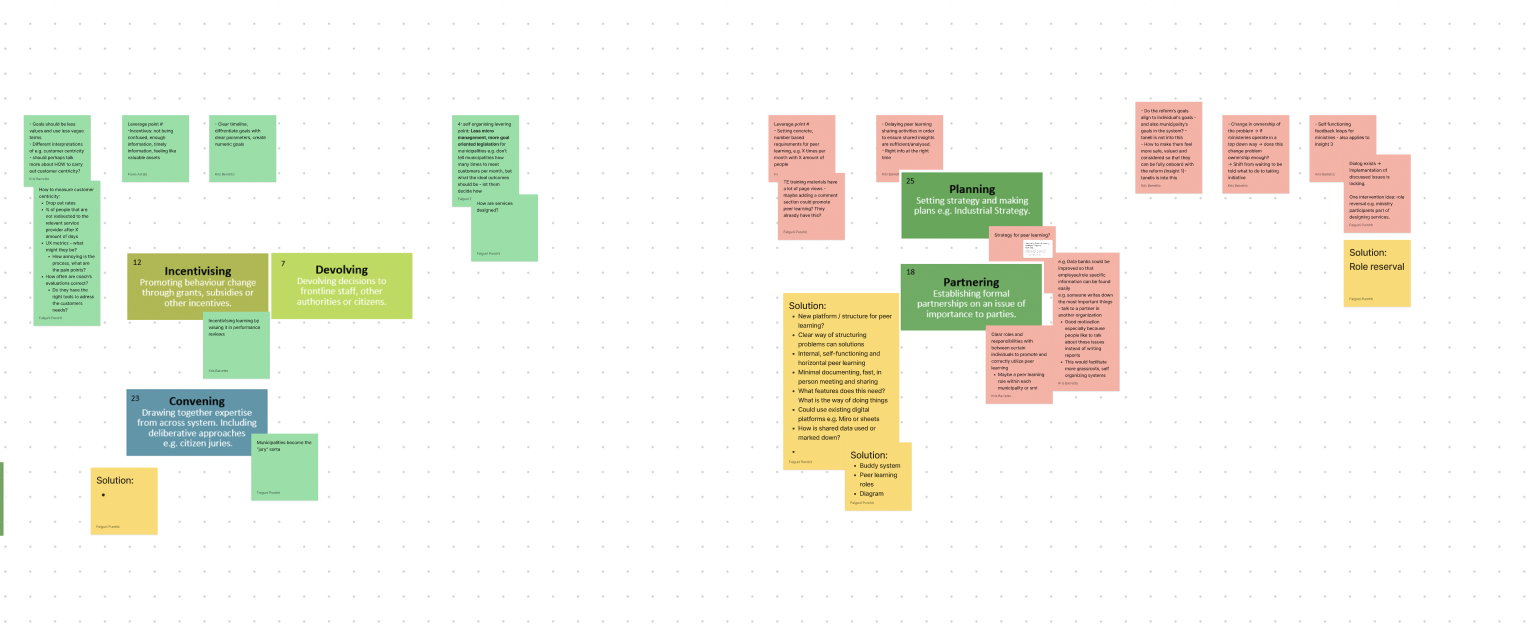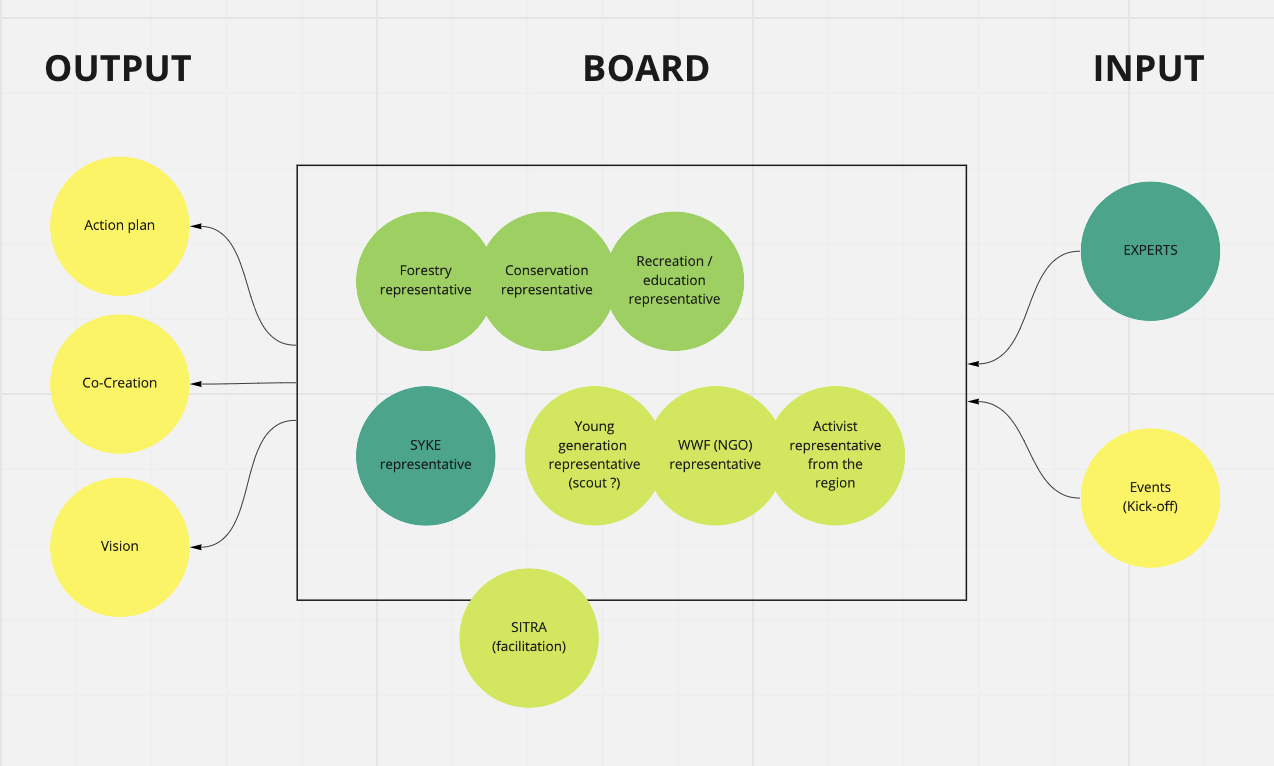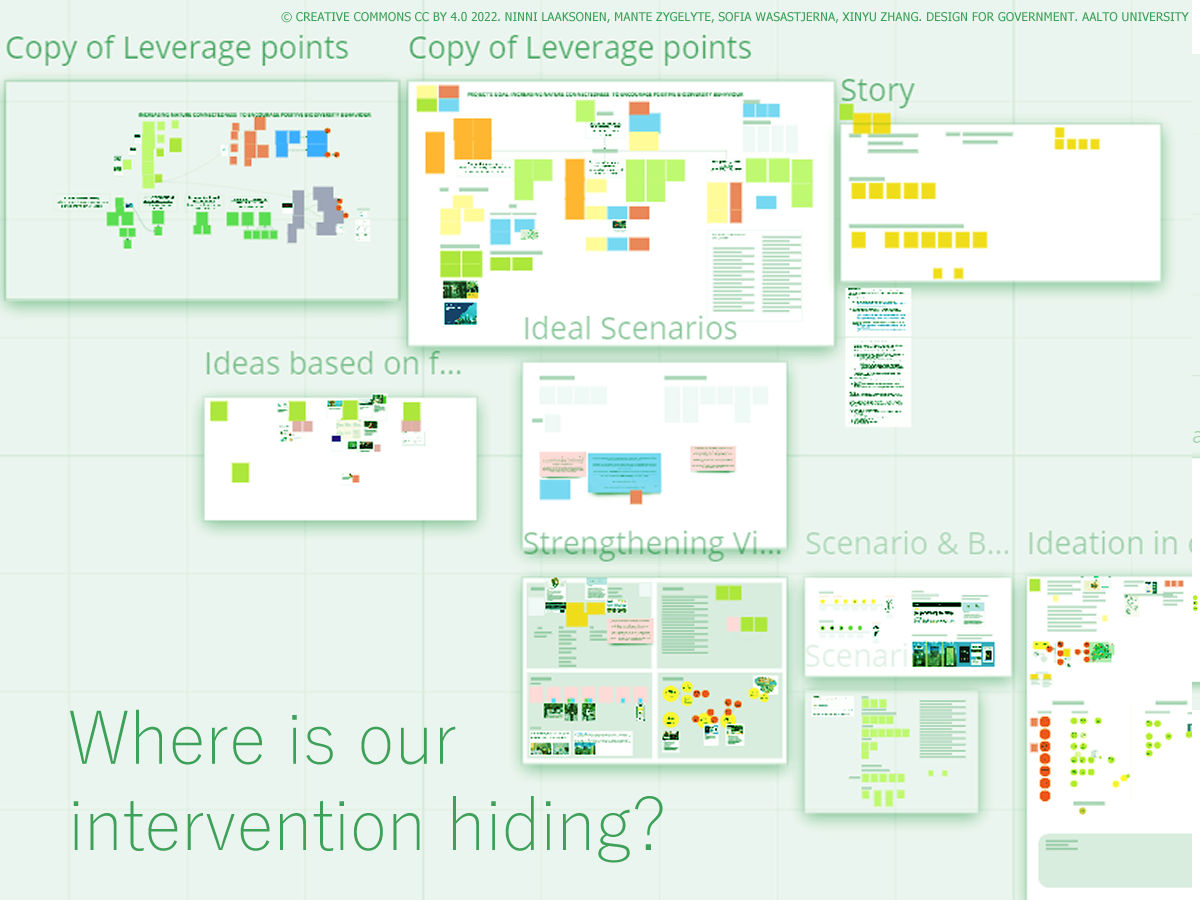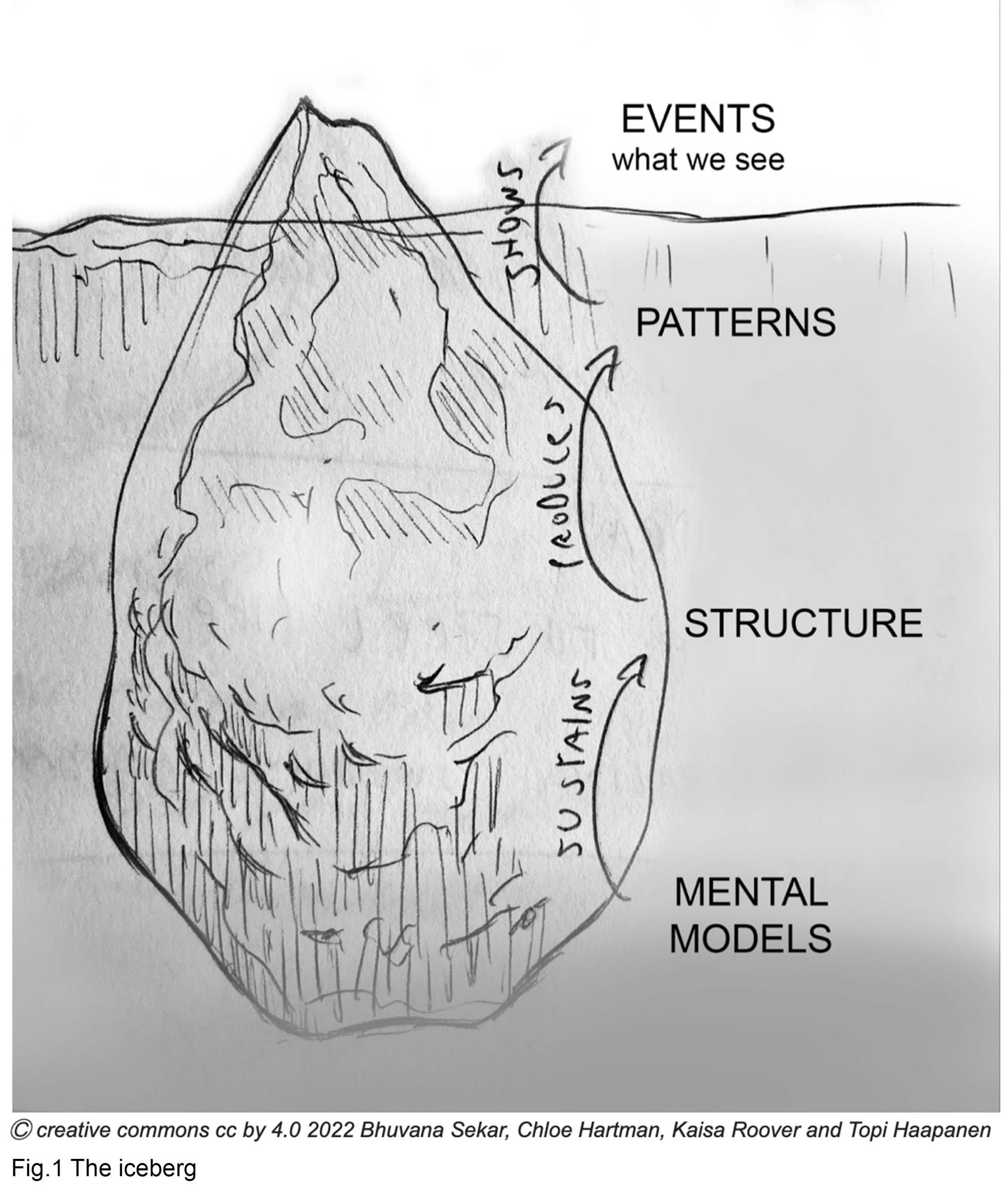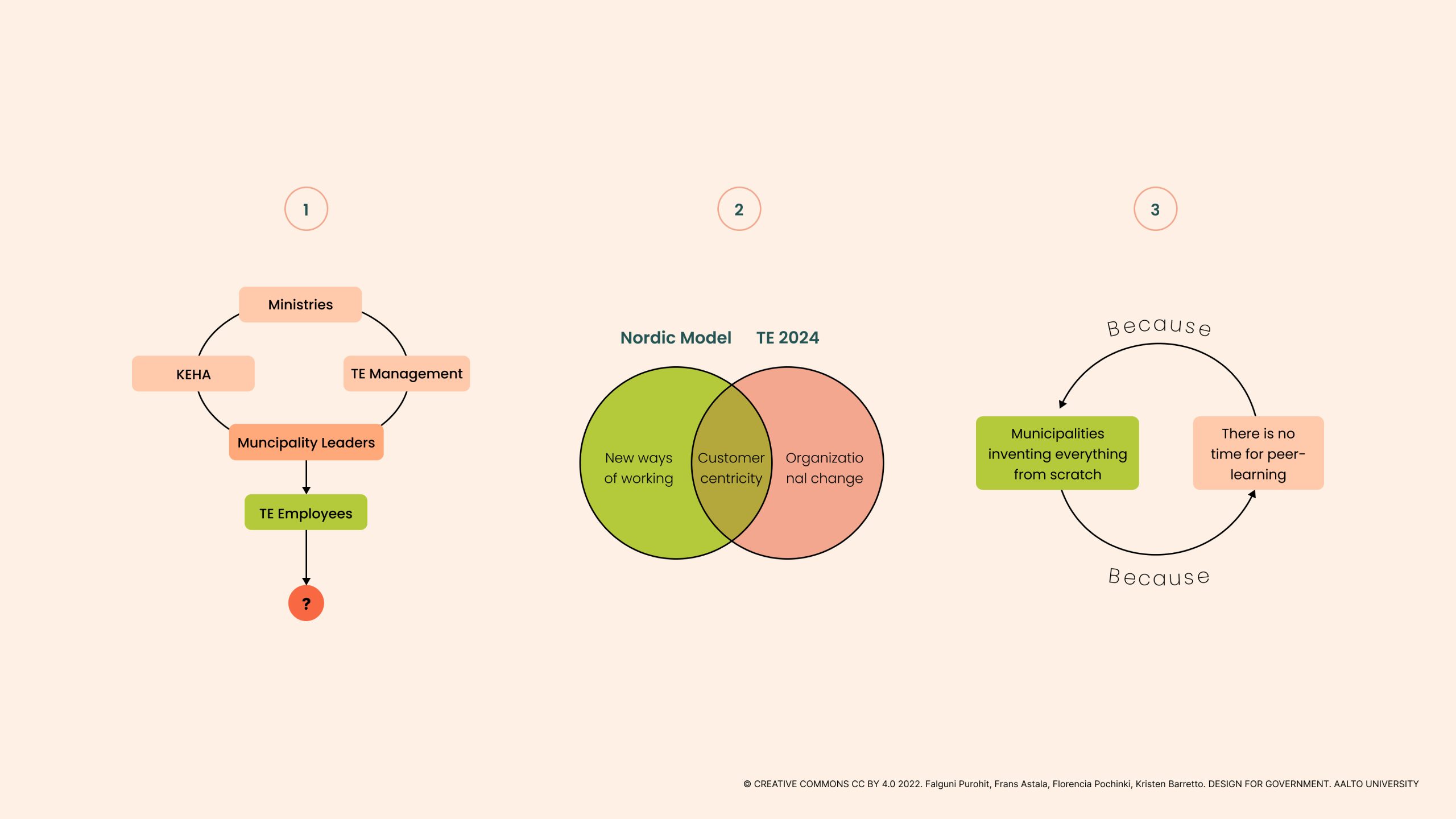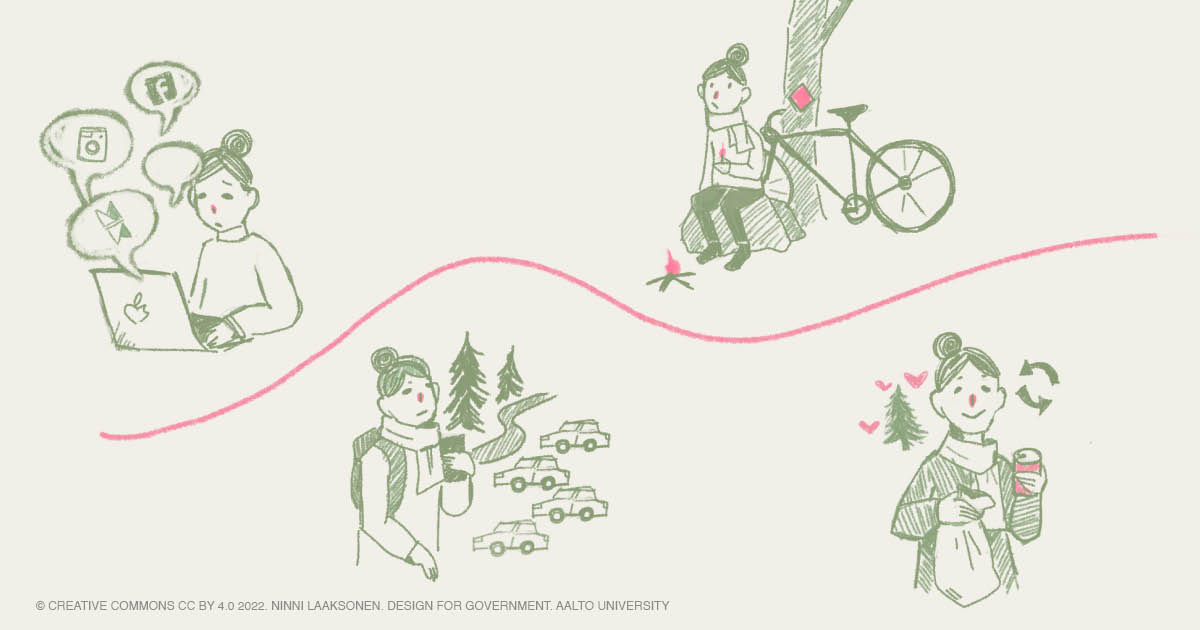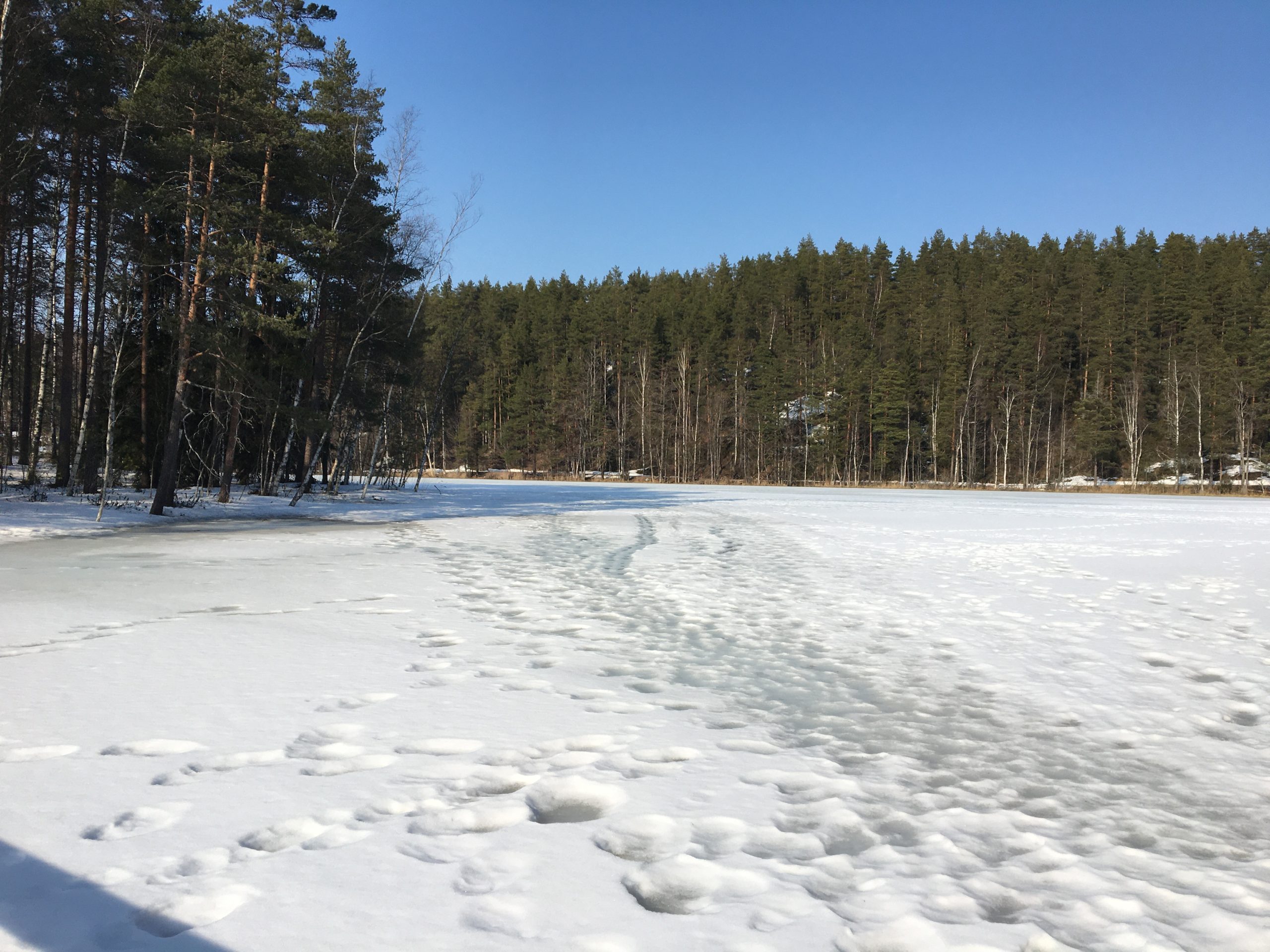From topdown flow to peer collaboration
This blog post explores our process of moving from the 3 main identified problem areas into some possible interventions. It is described how different frameworks allowed us to identify desired scenarios, in which learning happens collaboratively among peers rather than from a top-down approach. Some potential solutions are explored.

